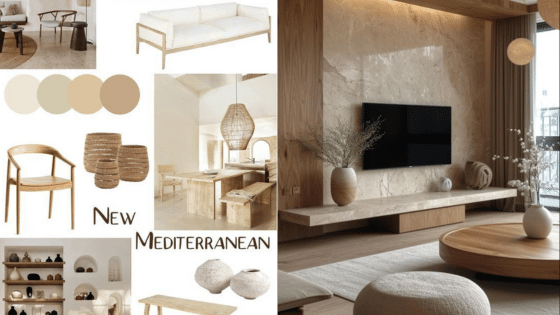When you think about a brand, its logo is often the first thing that comes to mind—it’s a simple image that tells a story about who you are and what you represent. A well-designed logo helps your business stand out, making a memorable impression on your audience and setting the foundation for your visual identity. Whether you have a large company or are just starting, the right logo builds recognition and trust with your customers.
Designing a logo doesn’t have to be complicated or expensive. With countless online tools and user-friendly editors, you can experiment with fonts, colors, and icons to create a look that’s unique to you. The right choices ensure your logo works everywhere—from your website and social media to business cards and packaging.
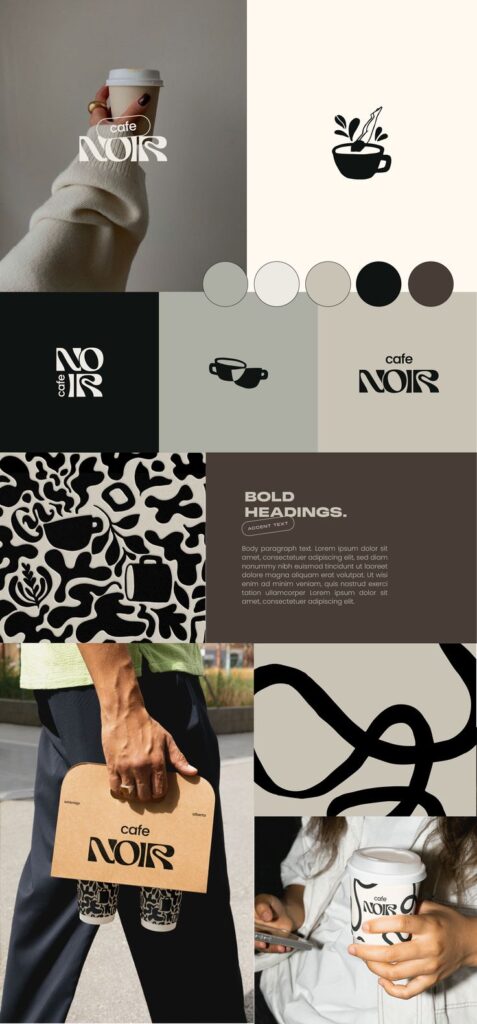
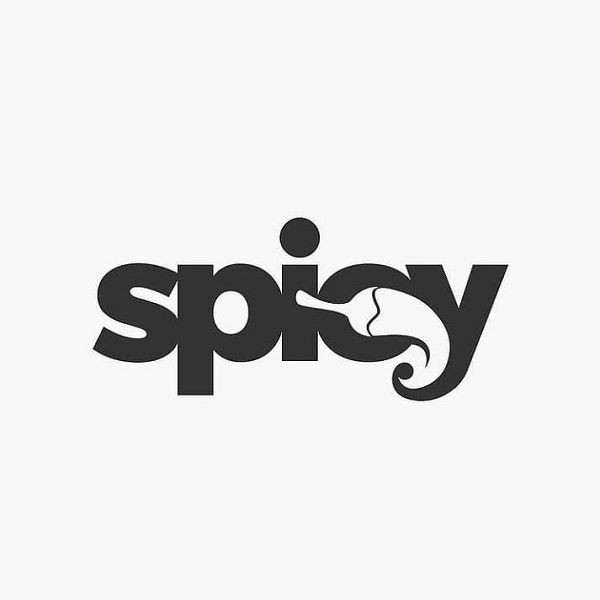
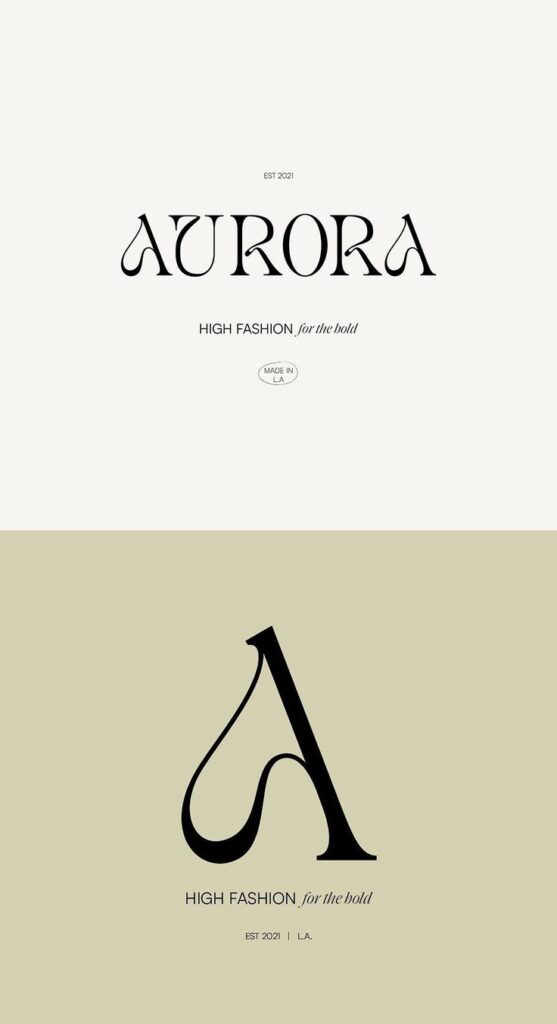
Key Takeaways
- A strong logo helps customers recognize and remember your brand.
- Easy-to-use tools make creating a custom logo accessible for everyone.
- Carefully managing your logo assets keeps your brand looking consistent.
Understanding Logo Design
A logo is more than a simple image. It’s a carefully crafted symbol that reflects your brand’s purpose and helps you stand out in the marketplace. Good logo design requires balancing creativity with clarity so your message comes across instantly to your audience.
What Is Logo Design?
Logo design is the process of creating a unique visual mark to represent your business or organization. It blends elements like typography, color, and shapes to form a symbol that communicates your identity. A well-designed logo acts as a signature for all your brand activities.
Your logo should be memorable, scalable, and relevant to your industry and values. It can appear on websites, packaging, business cards, or digital platforms. Selecting the right design approach means thinking about how your audience will interpret and interact with your logo, whether it’s simple and clean or bold and complex.
Importance of Visual Communication
Visual communication is at the core of effective logo design. People quickly process images, often forming first impressions within seconds. A logo’s design can shape how your brand is perceived and whether someone feels trust or interest in your business.
A strong logo also helps create consistency in your brand communication, making it easier for people to recognize you in a crowded market. For example, companies like Apple and Nike use their logos to project confidence and reliability. With the right visuals, your logo can establish loyalty and make your brand instantly recognizable.
Elements of a Unique Logo
A unique logo combines several design elements that work together in harmony. These are the main components to consider:
| Element | Description |
|---|---|
| Typography | Selects the font style, weight, and arrangement. |
| Color | Uses color theory to evoke emotion or recognition. |
| Shape | Provides structure, balance, or a sense of movement. |
Your logo should reflect your brand’s values and target audience. Consider simplicity, versatility, and timelessness. Simpler logos often adapt well to different sizes and backgrounds. Aim for a design that is distinct but not overly complex, so it remains clear and effective whether it’s large on signage or small on a mobile screen.
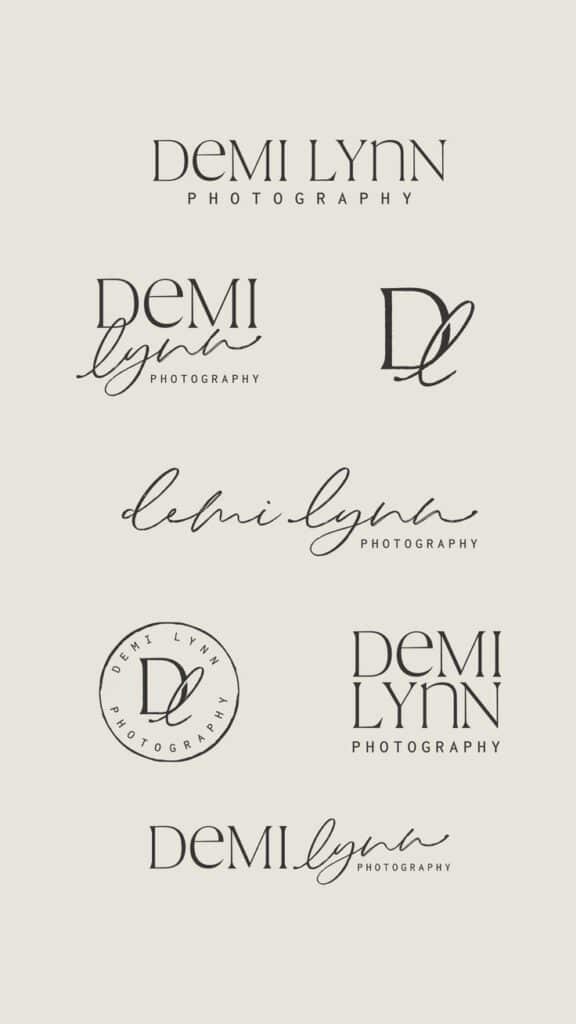
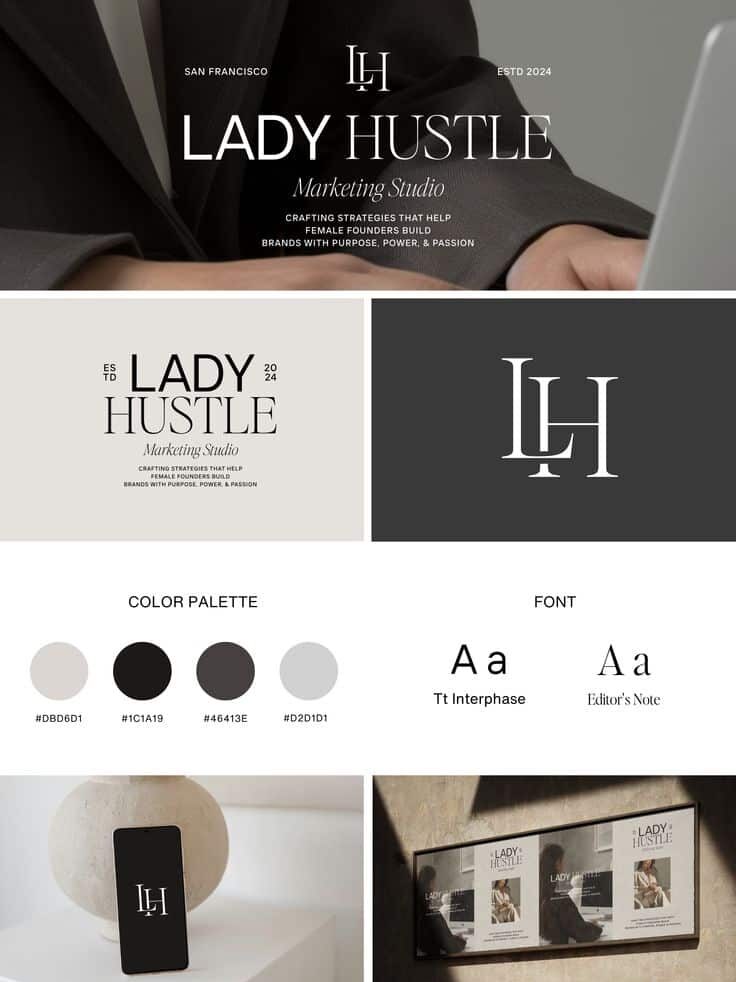
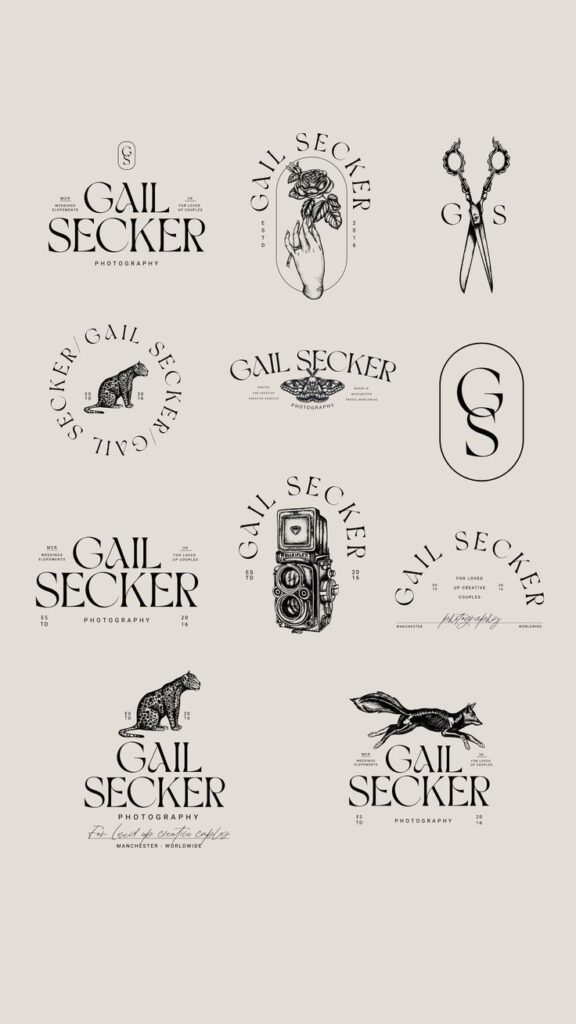
The Role of Brand Identity in Logo Design
A professional logo anchors your brand identity and affects how customers perceive your business. Every design choice—from your color scheme to logo style—reflects your brand values and ensures that your brand remains recognizable across various channels.
Building Your Brand With a Professional Logo
Your logo forms the foundation of your branding and is often the first thing people notice about your business. A polished design helps you create a strong and trustworthy image.
When your logo looks professional, it reassures customers that your brand takes quality seriously. It separates you from competitors and sets the standard for all other visual materials you create.
Focus on balancing simplicity and uniqueness. A complex logo can be hard to remember, while basic shapes or overused symbols may fail to stand out. Keep your brand’s story and values in mind when working with a designer and ask for feedback from your team or trusted customers.
Selecting Brand Colors and Color Schemes
Your brand colors play a major role in building recognition and shaping the emotions associated with your brand identity. The right color scheme supports your logo and forges a visual connection with your audience.
Start by identifying which colors best represent your brand’s personality. For example, blue often signals trust and professionalism, while green can suggest growth or sustainability. Combine two or three main colors with neutral accents for balance and versatility.
Use the same colors across every touchpoint, such as your website, business cards, and packaging. This consistent use of a defined palette makes your branding more memorable and cohesive. You can show your color scheme in a simple chart or table for easy reference:
| Main Color | Accent 1 | Accent 2 |
|---|---|---|
| Navy Blue | Soft Grey | Mint |
Consistency Across Brand Collateral
Consistency is essential for building a recognizable identity. Every time someone sees your logo—on your website, a brochure, or social media—they should instantly connect it with your brand.
Apply your chosen logo, icons, colors, and fonts in the same way on every piece of collateral. Create a brand style guide to document these choices and share it with your team to ensure everyone follows the same standards.
When your visuals look and feel the same everywhere, you build trust and familiarity. This makes it easier for customers to remember your brand, recommend you to others, and return for future business.
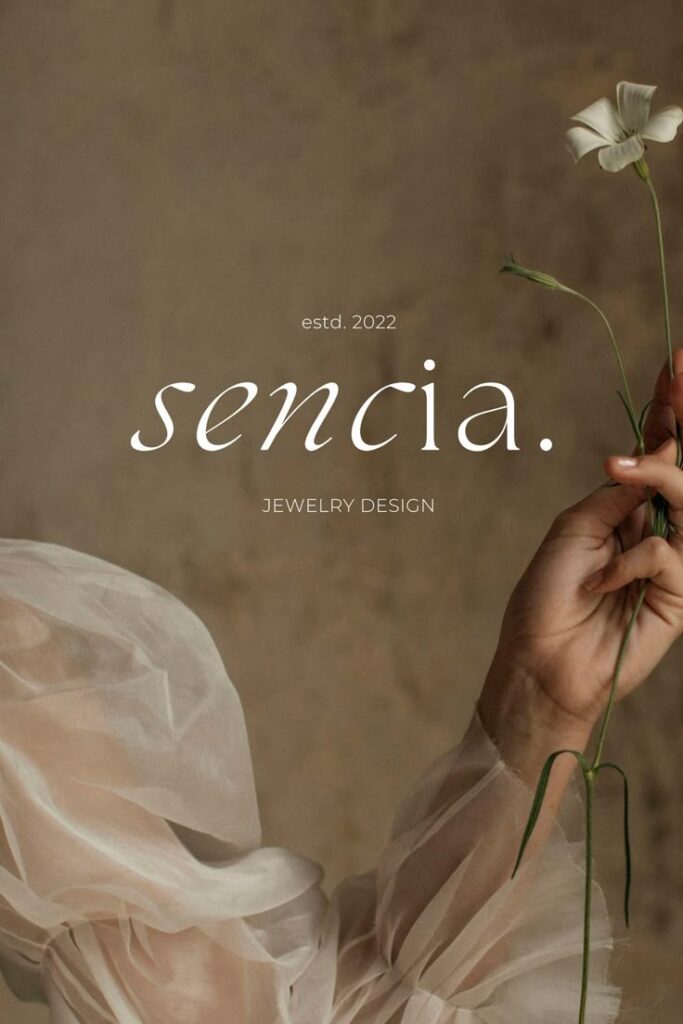
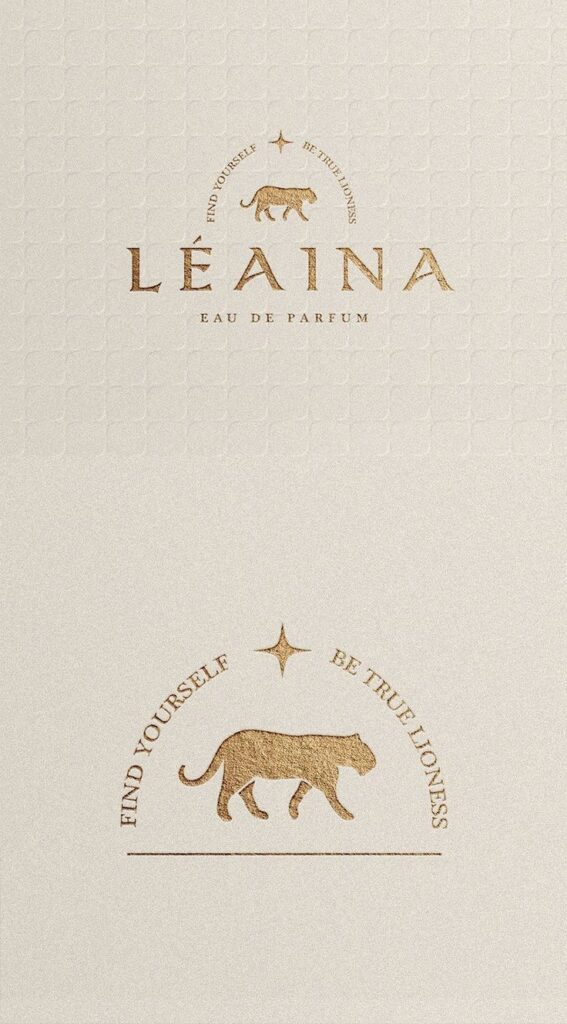
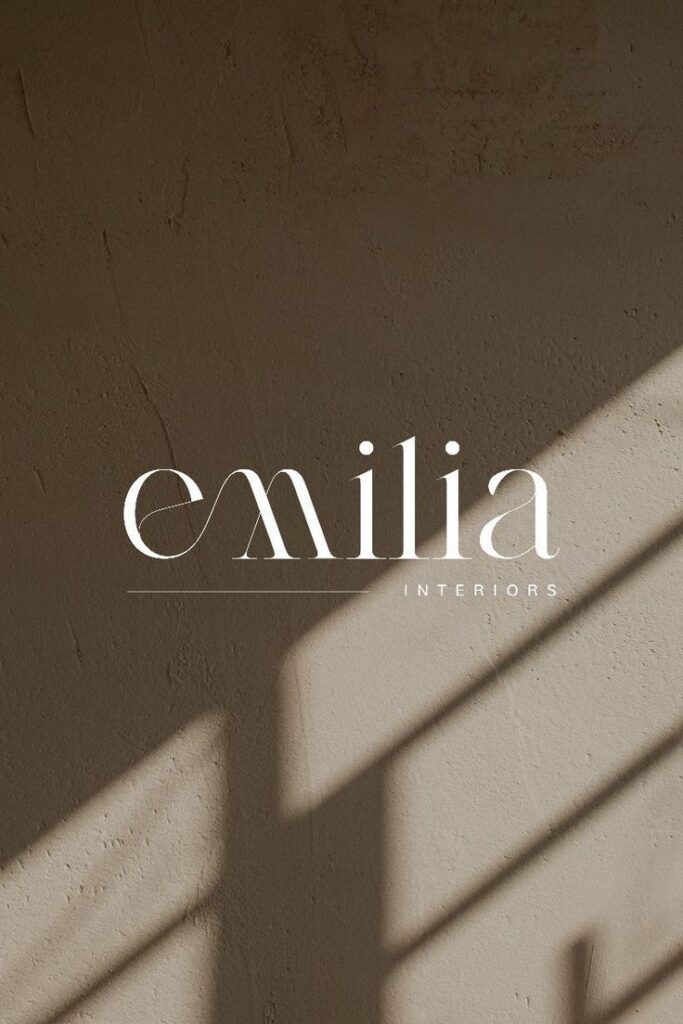
Logo Creation Process
To create a logo that looks professional and fits your brand, you’ll move through a series of steps. Each one is important for making sure your logo is unique, clear, and ready to use everywhere you need it.
Starting With Logo Templates
Most logo makers offer a library of logo templates to help you get started quickly. These templates are designed by professionals and organized by industry, style, and use case. Browsing templates lets you find a starting point that matches your vision, whether you want something modern, classic, or playful.
Choosing a template doesn’t mean your logo will look like everyone else’s. Rather, it speeds up the design process and gives you a strong foundation to build from.
Look for templates that support customization and offer layouts compatible with your brand’s requirements. Pick a design that is simple, versatile, and easily recognizable.
A good template can help ensure your logo comes out looking clean and memorable.
Customizing With Colors and Fonts
Customizing your logo is where you make it your own. Most editors let you change colors, select from a variety of fonts, and tweak design elements. Carefully select a color palette that matches your brand’s personality. For example, blue often signals trust, while red can convey energy or excitement.
Fonts make a big difference in how your logo feels. Choose a typeface that is clear, readable, and in line with your brand identity. Mixing fonts usually isn’t recommended, as simplicity leads to better recognition.
Preview how your logo looks on light and dark backgrounds. Adjust spacing, alignments, and sizing as needed. A well-chosen combination of colors and fonts ensures your logo stands out in any context.
Adding Slogans and Icons
Many logo designs benefit from an optional slogan or tagline. If you choose to include one, make sure the text is concise and enhances your brand’s message. The slogan should be easily readable even at smaller sizes.
Icons are another way to personalize your logo. Most online logo makers provide an extensive library of icons sorted by topic or industry. Pick icons that are easy to understand and don’t contain too many tiny details.
When adding icons to your logo, balance them with the text and avoid cluttering the design. You can try a few layout variations, such as placing the icon above, beside, or integrated with your text.
Exporting Your Logo Files
Once your logo is ready, it’s important to export it in multiple logo file formats. Look for options to download your logo as vector files (such as SVG, EPS, or PDF file formats), as these let you resize your logo without losing quality.
Most services offer several file types in a logo download package, including PNGs for web use and PDFs or SVGs for print and large-scale graphics.
Save all logo versions in an organized folder. Include variations for different backgrounds (transparent, light, and dark) so you’re prepared for every use. These files ensure your logo looks crisp whether online, in print, or on merchandise.
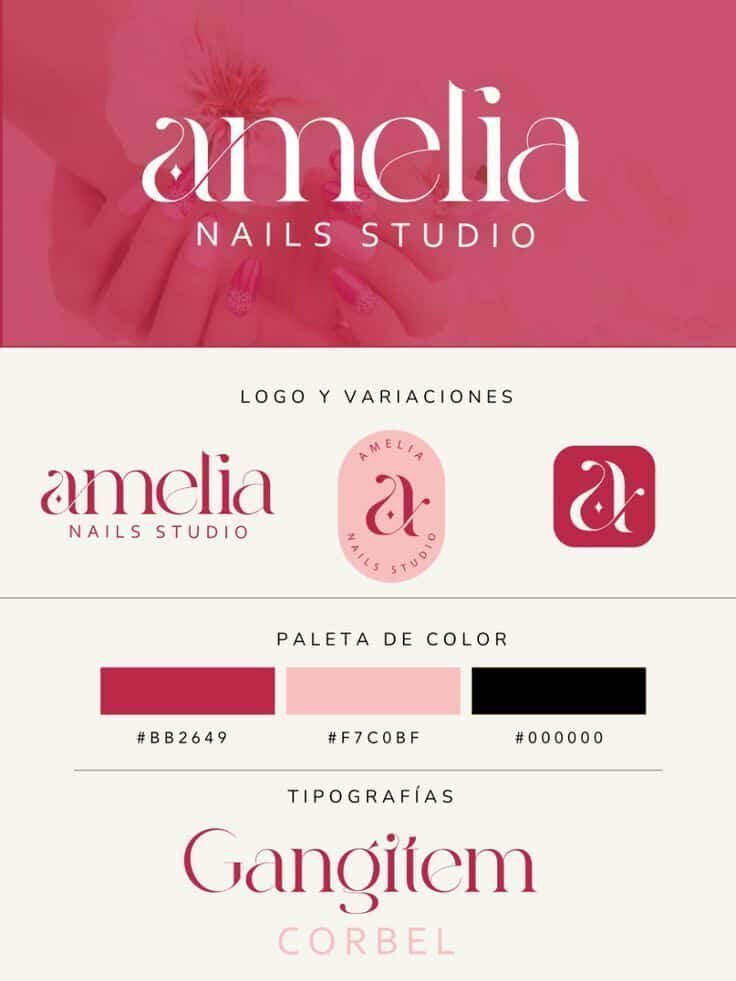
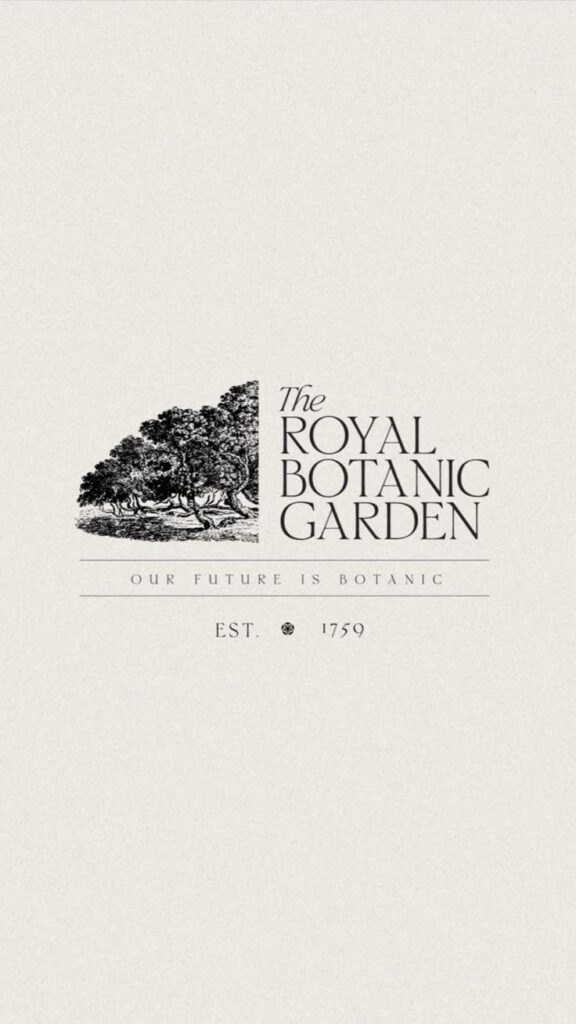
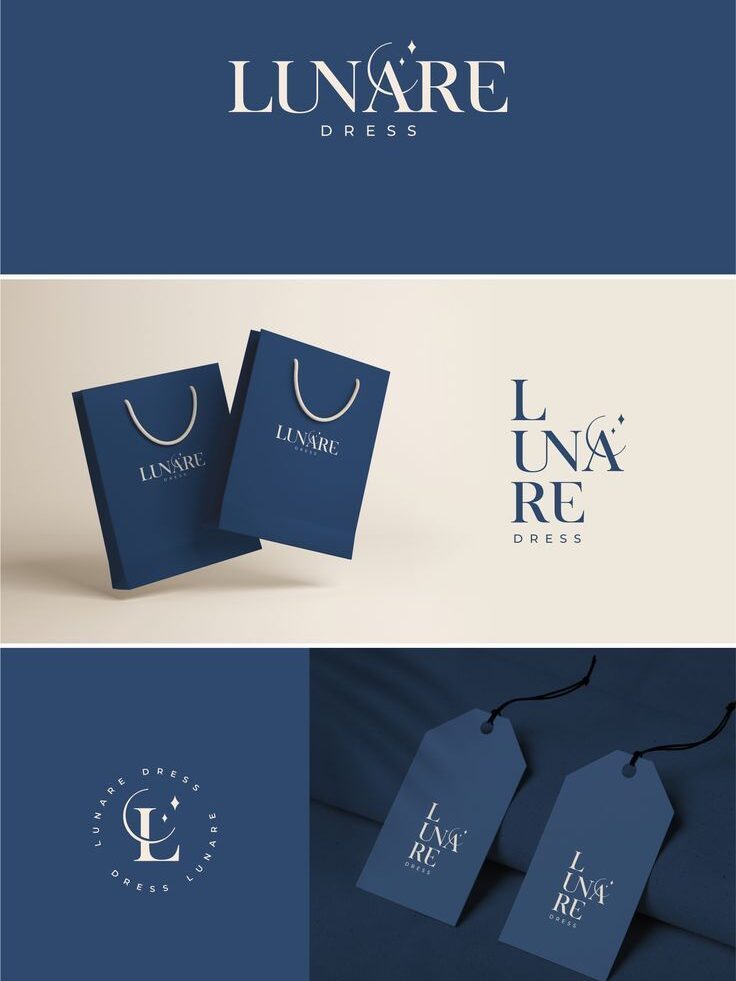
Online Tools and Resources for Logo Design
Online resources make it simple to experiment with logo designs, compare options, and get professional-looking results within minutes. With both free and paid tools, you can quickly create a logo, connect it to other branding tasks, and even prepare assets for your website and business cards.
Choosing the Best Logo Maker
The right logo maker helps you get a suitable design for your brand’s personality and industry. Top picks like Canva, Design.com, and DesignEvo offer hundreds or thousands of templates, sorted by theme, color scheme, and business type.
You can use drag-and-drop editors, select from curated icon libraries, and tweak colors or fonts. Most platforms allow you to preview how your logo will appear on different devices or backgrounds. Look for a logo creator with licensing terms that fit your needs and easy download options for various file types like PNG, SVG, or PDF.
Here’s a quick reference for popular online logo makers:
| Logo Maker | Templates Available | Key Features | Download Formats |
|---|---|---|---|
| Canva | 1,000+ | AI, drag & drop | PNG, JPG, PDF |
| Design.com | 1,000s | Pro designer lib. | PNG, SVG, PDF |
| DesignEvo | 10,000+ | Icon library | PNG, JPG, SVG |
Free vs Professional Logo Creator Software
Free logo makers like FreeLogoDesign and DesignEvo are ideal if you have a tight budget or want to try logo ideas before committing. Many free services offer access to a range of templates and customization tools, but you may encounter limits on resolution, commercial use rights, or file types.
Professional logo creator software, on the other hand, provides advanced editing tools, high-resolution exports, and access to premium templates. These platforms often include support, flexible licensing, and brand kit extras like custom colors and typography guides.
Here’s what to compare:
- Template quality: Free versions can be basic, while paid options offer more original designs.
- Export formats: Professional software often lets you download vector files, needed for printing.
- Branding support: Paid tools frequently bundle extras like brand books or style guides.
Expanding With Business Card Makers
After designing your logo, you might want to create matching business cards for professional branding. Many online platforms now offer integrated business card makers that let you place your new logo onto card layouts, adjust fonts, and instantly preview designs.
These business card creators often use your saved logo and color scheme automatically, keeping branding consistent. Some services allow direct ordering of physical cards, while others let you download print-ready PDFs.
Look for platforms that provide:
- Easy import of logo files
- Multiple card templates and finishes
- Customizable design elements (font, color, layout)
- Simple ordering for fast delivery
Website Builder Integration
If you want your branding to stay unified, integrating your logo with a website builder is a useful step. Many online logo makers allow seamless export to popular website builders like Wix, Shopify, or Squarespace, so your new logo appears cleanly in website headers, footers, or on e-commerce products.
You can often access dedicated website themes that automatically adjust to your logo’s color palette. Some platforms let you create a brand kit that syncs across your digital properties, reducing repetitive work.
Key benefits of this integration include:
- Brand consistency from digital to print
- Fast setup with ready-made templates
- Centralized editing so changes to your logo update everywhere automatically
Implementing and Managing Your Logo Assets
Staying organized with your logo files helps maintain consistency across all your materials and communications. Keeping a reliable brand kit and using logos thoughtfully in print and digital formats supports brand recognition and professionalism.
Creating a Comprehensive Brand Kit
A well-prepared brand kit provides quick access to every version of your business logo and related assets. Include high-resolution logo files in several color variations: full-color, black, white, and transparent background. Save these as both vector (SVG, EPS, PDF) and raster (PNG, JPG) formats to cover all usage scenarios.
List essential brand colors with their hex codes and fonts used in your logo. For clarity, document logo sizing guidance, minimum size use, and clear space requirements. Label each file clearly, such as Logo_FullColor_Horizontal.svg or Logo_IconOnly_PNG.png. This makes it easy for your team, designers, or partners to instantly find the right asset without confusion.
Tip: Store your brand kit on a shared digital platform like Google Drive, Dropbox, or Canva’s asset library. This enables everyone who works with your brand to access up-to-date files easily.
Using Logos on Business Cards and Email Signatures
Business cards and email signatures are daily touchpoints for your brand. Use your primary business logo in a way that’s clear and legible. For business cards, choose a logo version that fits both the design and size constraints, avoiding logos that are too intricate for small prints.
On email signatures, use a web-safe, low-resolution PNG or JPG. Keep the file size below 100 KB to avoid slow email loading. Most signature editors allow you to insert an image and link it to your website. Include your brand colors and, if possible, match fonts to your visual identity.
Checklist for logo use:
- Make sure the logo is sharp, not pixelated
- Maintain clear space around the logo
- Avoid altering colors or shapes
- Test how your signature appears in major email clients
Organizing Logo Files for Ongoing Use
Consistent organization makes your logo assets easy to locate and update. Create a folder structure such as:
| Folder | Contents |
|---|---|
| 01-Logo_FullColor | PNG, JPG, SVG, EPS |
| 02-Logo_BlackWhite | PNG, SVG, PDF |
| 03-Logo_IconOnly | PNG, SVG |
| 04-Mockups | Business card/email templates |
| 05-BrandGuidelines | PDF or DOC with usage instructions |
Use clear, versioned naming—like Logo_V2_Black.svg—to prevent confusion over which is current. Regularly back up your logo files and limit permissions to prevent accidental edits.
Store ongoing resources in a digital asset management system or a reliable cloud platform. This guarantees your files stay safe, accessible, and ready for all your ongoing design needs.
Best Practices for Effective Logo Design
Building a strong logo involves clear research, thoughtful choices, and precise execution. Paying attention to details and following established methods improves both creativity and brand impact.
Keyword Research for Logo Success
Keyword research plays a vital role in logo creation, especially if your logo will appear across digital platforms. Before you start designing, identify relevant keywords linked to your brand’s purpose, values, industry, and target market.
Use these keywords to guide image selection, color choices, and even the style of your logo. For example, if your main keywords include eco-friendly, focus on green hues and natural elements.
A simple keyword checklist can help:
| Keyword | Color Hints | Visual Ideas |
|---|---|---|
| Tech, Innovation | Blue, Silver | Circuits, Arrows |
| Organic, Natural | Green, Brown | Leaves, Trees |
| Luxury, Premium | Gold, Black | Crowns, Crests |
Letting keywords drive your visual direction ensures your logo communicates the right message.
Utilizing Graphic Design Principles
Applying core graphic design principles is crucial for creating logos that are recognizable and visually appealing. Focus on simplicity—avoid cluttered visuals and complex fonts. A strong logo works in any size and medium.
Balance and alignment play key roles. Symmetrical designs often look professional and draw the viewer’s eye. Maintain proper spacing, and use color contrasts to make your logo stand out.
Consider these principles:
- Contrast: Differentiates elements for readability.
- Repetition: Reinforces consistency.
- Alignment: Creates structure and order.
- Proximity: Groups related elements.
Test your logo in black and white to check its integrity. Following these design basics helps create effective logos that work in both digital and print formats.
- 79shares
- Facebook0
- Pinterest76
- Twitter3
- Reddit0













